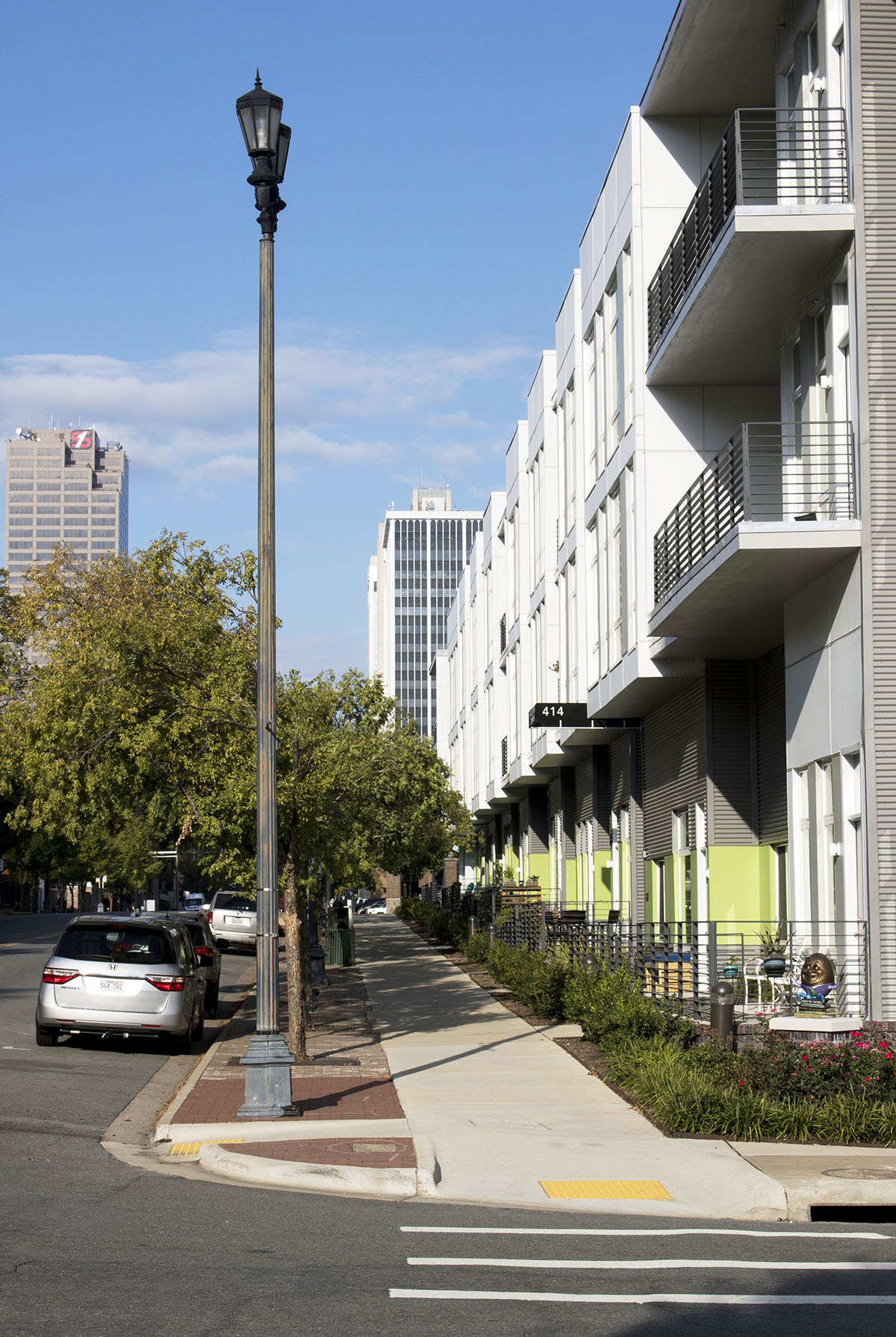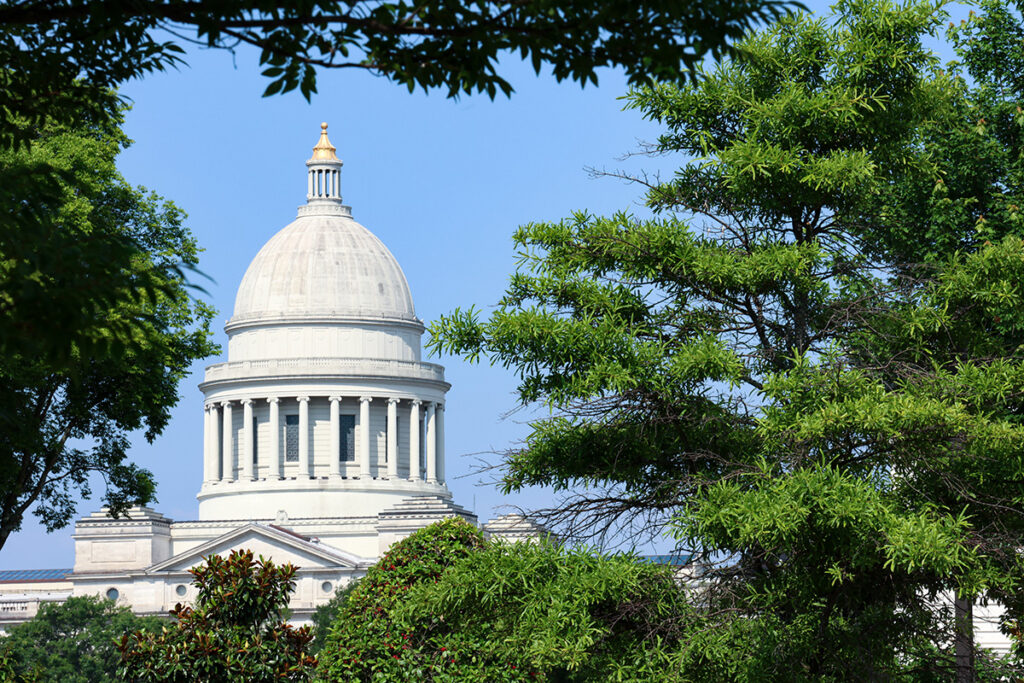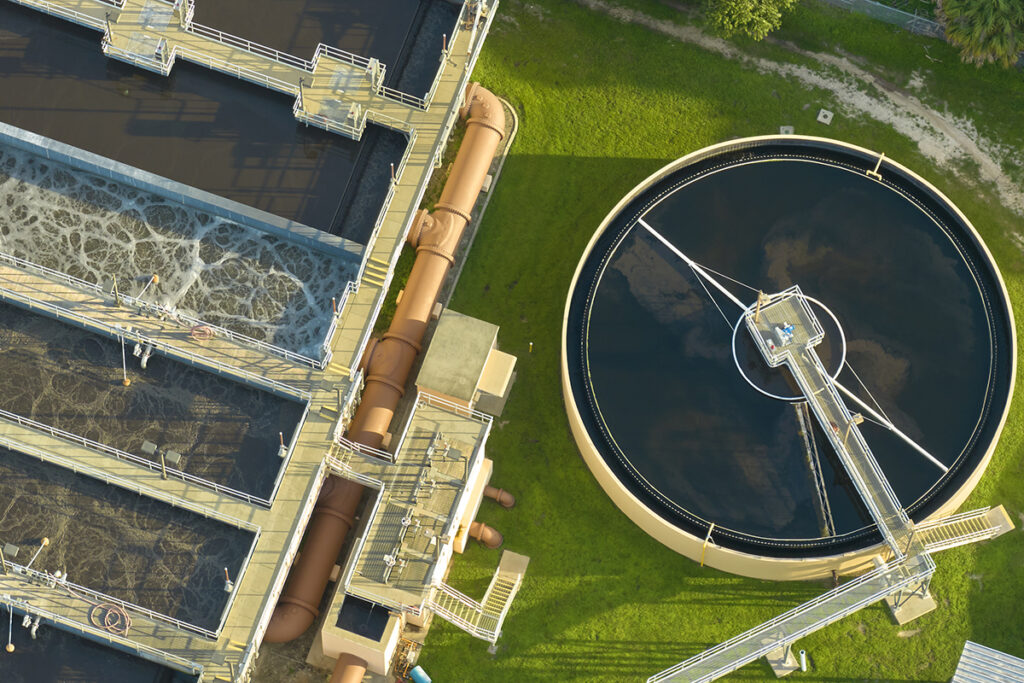Last month’s column covered issues associated with one of our most lingering land use issues: short-term rentals (STRs). This month’s offering suggests some steps for cities that are still contemplating action. The task is not an easy one.
What makes the job of dealing with this use of land difficult is both the broad variety of people and entities involved and the conflicting opinions held. The following discussion, however, narrows the focus. It reflects an urban planner’s view mentioned in last month’s column. That is to reframe the question in terms of what is best for the polis, an archaic term meaning the body of citizens under a city’s jurisdiction. To borrow a concept from another profession, let us first seek to do our city no harm.
This offering will not recommend a model code for regulating STRs. Model codes cannot reflect the vast differences in the social, political, economic, geographic and historical natures of our cities. Instead, it focuses on the steps recommended to those cities addressing the rental of residential structures not for permanent or semi-permanent residents but for temporary, short-term visitors. Recommended steps include the following:
Step 1: State the problem. Does a rash of STRs currently, or potentially, pose a problem in the city? If the answer is a solid “No,” then why seek out the aggravation? One warning arises, however. Some cities have not anticipated a problem until it arose suddenly. One American city experienced no difficulties with STRs until it became known as a key location for viewing the last solar eclipse. Longtime renters found themselves evicted and homeless. The problem understandably reached city hall.
Using the “war room” approach, a city might spend some time planning a response in case the unexpected occurs.
If a problem exists, the planning commission and staff should thoroughly define and publicize it. That analysis should go into a plan of action. The plan would outline the threat to public health, safety and welfare and recommend steps to address the threat.
The impact on cities posed by STRs varies. From a strictly urban planning perspective, one issue concerns the loss of housing for permanent residents and the impact of that on normal urban growth. Another is the destabilizing effect that multiple transitions to STRs may have on existing neighborhoods. In smaller communities in tourist areas, the population may shrink as the changeovers reduce the housing stock available to permanent residents.
Step 2: Consider regulations and alternatives. The city must carefully define an STR as compared with a more conventional rental. It is common to see regulations imposed on STRs that are not imposed on other rentals. This might present problems of consistency and equity, spawning the age-old question of “Why Peter and not Paul?”
There also exists the matter of owner-occupied STRs as compared with those offered by absentee owners. It can be argued that the first is an effort to meet housing expenses, while the second is a pure commercial land use.
Complicating this step further is the need to differentiate between STRs and vacation homes or units constructed specifically for transient renters.
With each regulation considered, it is useful to determine if it represents the least restrictive method of addressing an identified issue or fulfilling an adopted policy. How much will enforcement of a regulation cost the city in terms of workforce time and cost? Will the results achieved through enforcement justify those costs? For example, placing restrictions on the density and the spacing of STRs will require significant enforcement costs with unpredictable side effects.
Are there alternative approaches that might require fewer resources? Are existing remedies already in place? For example, the question of loud parties often arises in conversations regarding STRs. Are existing nuisance laws sufficient for addressing these, and are such laws currently applied to traditional dwellings?
Step 3: Draft regulations. Whatever approach a city takes, regulations must meet a few threshold tests. Do they respect current planning state statutes? Do they provide a clear and defensible relationship (called a “nexus”) to the issues and problems identified? Does the city attorney approve their design in term of substantive and procedural due process? Do they respect the rights of protected categories? Can the city apply them uniformly throughout a zoning district? Has a legal review examined the implications of imposing regulations on STRs and not on other rental units?
With these threshold requirements satisfied, zoning regulations regarding STRs tend to contain several common elements. All require legal review. Some of the most common suggestions are:
-
- Cities most often define STRs as units offered for rentals of 30 days or less.
-
- Cities often require a permit to operate an STR.
-
- Cities often require an inspection of STRs, sometimes on an annual basis. Consistency is necessary and will depend upon available resources.
-
- Cities often require safety features expressly pertinent to STRs such as a prominent posting of the address and emergency information.
-
- Cities generally address STRs through the zoning code.
-
- In a specific zoning district, an STR may be prohibited, permitted, permitted as a conditional use, permitted as a use permitted on review, permitted as part of a planned unit development or regulated as part of an overlay district. Any of these should reflect the police power of municipalities, i.e., pass legal review.
-
- Cities with ample staff resources may address density and locational restrictions on STRs.
-
- Cities may require that STRs submit appropriate taxes.
-
- Cities may require adequate access and parking.
-
- Cities may differentiate between owner-occupied units and units managed off site.
-
- Cities may differentiate between units partially offered as STRs and those offered wholly as such.
-
- Cities may differentiate between STRs and other periodic rentals such as vacation homes.
-
- Cities may limit the number days per year that an STR can operate. (Legal review and analysis of enforcement resources are important.)
-
- Cities may require a local contact for nonresident owners of STRs. (On-site management may require a real estate license.)
A skilled planner, with adequate legal help, could place these and other ideas into a matrix arrayed against identified problems and available resources. That should allow the planning commission to arrive at a workable solution that it can then present to the public.
This approach would address STR issues from the aspect of the community’s health. As with other urban necessities, those wishing to engage in such commerce would do so according to the operating requirements of a safe and stable city.
In short, the STR industry would adapt to the health needs of the city, not the other way around. It would also allow public officials to ascribe to one of the tenets of the ancient Athenian Oath, once required for citizenship: “Thus, in all these ways, we will transmit this City not only, not less, but greater and more beautiful than it was transmitted to us.”
Cut line for photo: Older, charming homes near popular tourist and entertainment areas make attractive STR sites, which can result in the loss of permanent residents.










